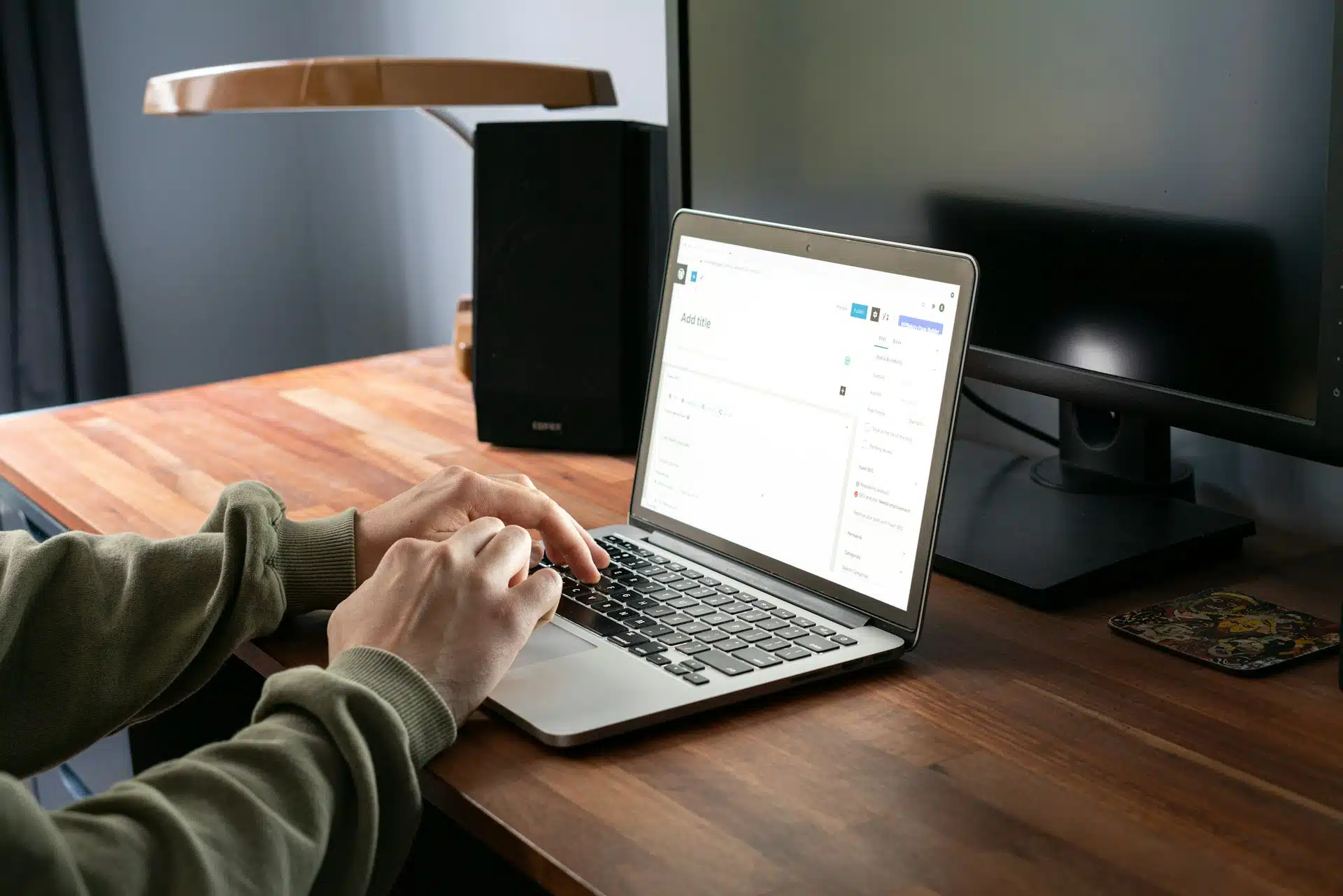
When it comes to website creation and development, the idea of appealing web design and the use of Search Engine Optimization (SEO) do not go hand in hand. Many web designers are stuck in choosing between pursuing artistic web designs and incorporating SEO elements. Some deliberately ignore SEO so as not to limit their creative endeavours. Others compromise artistry and stick to standard design features for the sake of optimization. However, striking a balance between the two is imperative. Web designers should find a way to meet user preferences and search engines’ requirements at the same time.
That said, below are some common mistakes in web design and how they can affect your site’s SEO strategy:
1 -No Navigation Standards
Some designers are so engrossed with the artistic pursuits that they tend to ignore navigation standards. For instance, they create a unique website with no regular navigation elements. Their goal is to create something original and appealing to the users. However, standards are set in place for a reason. Streamlined and properly organized navigation is meant to benefit both online visitors and search engines. It’s best to adhere to the navigation standards.
2 – Pop-Ups
In the digital realm, pop-ups have always been considered as a distraction. While they serve a purpose, many users find them annoying. Chances are, online users end up closing pop-ups without second thoughts as soon as they appear. For this reason, pop-up designers are regarded in bad taste by fellow designers, visitors, and search engines. Given this, it is important to limit the use of pop-up in web designs.
3 – Focus on Images
When it comes to web design, focusing on images alone instead of other essential elements won’t do good. Search engines do not find any functional purpose in using images as a primary form of navigation. On the other side, navigation through pure text isn’t a good web design practice too. How do you resolve this problem? The key is to incorporate text-over-image techniques with CSS. Also, make sure to have no images when using headers, as this can harm SEO.
4 – Frames
Frames have long been obsolete, yet some websites still use them. Framed websites utilize three HTML files instead of one. With a framed site, search engines will find it hard to crawl on your website and see all the valuable content. The use of frames causes conflicts with indexation and won’t contribute to the betterment of your site’s SEO.
5 – Splash
Appealing splash screens can be a cool addition to your website. However, they can serve as a barrier between search engines and your website. This is because search engine spiders do not see the value of flash, Java applets, and all the non-textual content. They do not favour homepages with no content and navigation, as a splash screen causes an improper indexation of the entire site. If you can’t do away with a splash on your page, make sure to add textual content to the body of the page.
All the above mistakes spring from one crucial mistake—only considering SEO elements. As a web designer, you should treat SEO as one of the components of web designing, among many others. As much as possible, create a web design that adheres to standard SEO requirements, yet do not sacrifice overall appeal and user functionality. In the end, striking a balance between incorporating aesthetic designs and meeting SEO standards is the way to go.
We’re a website design agency based in Winnipeg – get in touch with us today to see how we can help!
Recent Articles
Write For Us
Think you’ve got a fresh perspective that will challenge our readers to become better marketers? We’re always looking for authors who can deliver quality articles and blog posts. Hundreds of your peers will read your work, and you will level up in the process.Ready to grow? Say Hello






